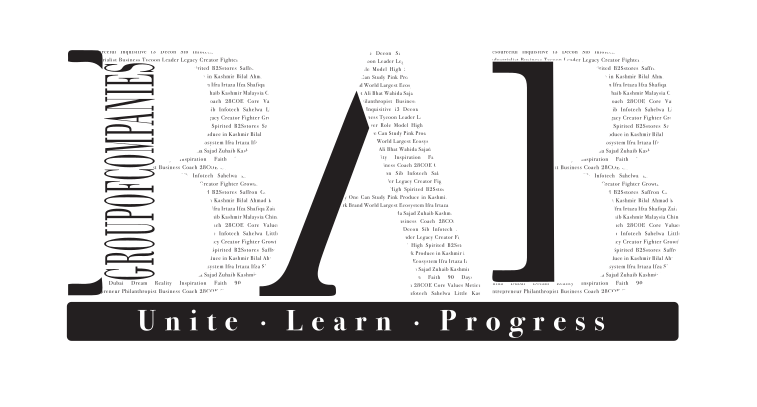To drive organizational success, it’s essential to align individual performance with company-wide objectives. This article explores how effective performance management practices can achieve this alignment and enhance overall impact.
Key Practices for Alignment:
- Establish Clear Organizational Goals: Develop clear and compelling goals that define the company’s direction. Ensure these goals are communicated effectively to all levels of the organization.
- Develop Goal-Setting Frameworks: Use frameworks like OKRs (Objectives and Key Results) to set and align individual goals with organizational objectives. Ensure that each employee’s goals directly contribute to the company’s success.
- Foster Alignment Through Leadership: Leaders should actively participate in goal-setting processes and reinforce the importance of alignment through regular communications and example-setting.
- Integrate Performance Reviews: Incorporate goal alignment into performance reviews. Evaluate how well employees’ individual goals support organizational objectives and provide constructive feedback.
- Encourage Continuous Improvement: Promote a culture of continuous improvement by regularly reviewing and adjusting goals. Encourage employees to seek ways to better align their efforts with organizational objectives.
Benefits: Effective performance management practices ensure that individual efforts are directly contributing to organizational success. By focusing on alignment, businesses can achieve higher levels of productivity, employee satisfaction, and strategic growth.

